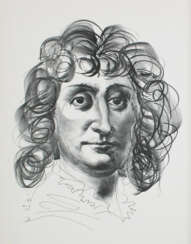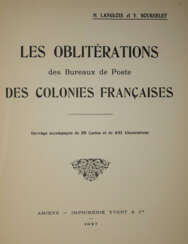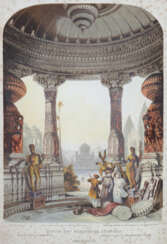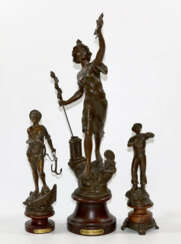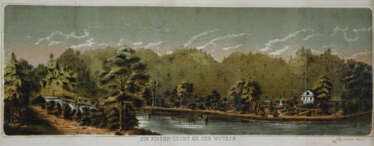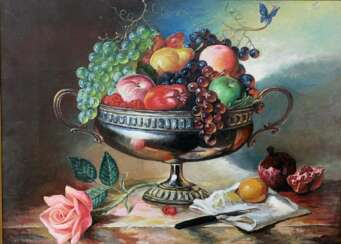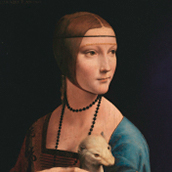11 Items by auctions and galleries:
urs fischer
Thursday, Afternoon
Andrej Losovoj (b. 1963)  Shop Losovoj Andrej
Shop Losovoj Andrej

Andrej Losovoj
21.01.1963
Ukraine
Andrej Losovoj (Andrey Lozovoy) is a master of avant-garde art. His paintings are monuments of Expressionism and unique. He was born in 1963 in the city of Kiev. He graduated from the College of Polygraphy as a graphic artist and illustrator. He later worked as a designer and graphic artist. Various exhibitions in Europe and leading museums (Kiev, St.Petesburg, Moscow, cities of Germany). He works at the university and runs his own painting workshop in Kiev.
The price development of his plants will grow enormously in the coming years.

Artist shop 

Losovoj Andrej
Ukraine
Number of products: 7
Вечерний звон
Sergey Karpukhin (b. 1960) 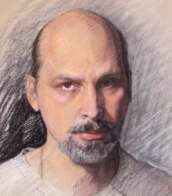 Shop Karpukhin Sergey
Shop Karpukhin Sergey

Sergey Karpukhin
11.05.1960
Russia
Член Союза московских архитекторов, Член Творческого союза художников России, Член Союза кинематографистов России, член Гильдии режиссеров. Сценарист, режиссер, продюсер, художник, фотограф, архитектор.
Первую половину жизни работал, как художник и архитектор, занимался фотографией и философией. Вторую половину, работаю как режиссер и сценарист, не оставляя при этом изобразительного искусства и философии. Окончил художественный факультет Красноярского художественного института, ФПК градостроительства МАРХИ и ВГИК- ВИППК.
НАГРАДЫ:
1991 Первая премия, Философские инновационные игры «Культура и
образование III тысячелетия», г. Москва.
1994 Премия «НИКА» за лучший научно-популярный фильм
1993 года, (совместно с В.М. Кобриным), Россия.
2008 Приз «Лучший телевизионный фильм». II Российский
фестиваль социально значимых телепрограмм и
телефильмов «Герой нашего времени», Россия.
2008 Приз «ФОНДА ДЖОНА Д. И КЭТРИН Т. МАКАРТУРОВ», США.
XIV Международный фестиваль фильмов о правах
человека «СТАЛКЕР».
2008 XIII Международный фестиваль кинофильмов и
телепрограмм «РАДОНЕЖ». Диплом II степени,
Россия.
2015 Приз «Серебряный Витязь». VI Международный
славянский литературный форум «Золотой Витязь»,
Россия.
2016 Приз «Белая голубица», Tesla Global forum,
Сербия.
2017 Гран При в номинации «Научная работа» Международного творческого
конкурса «Гомер», Греция, Афины.
2017 Диплом «За непревзойденную культурную деятельность»
в номинации «Лучшее философское
произведение» Международной литературной премии
им. Нодара Джина, Греция, Афины.
2017 Золотой диплом VIII Международного славянского
литературного форума «Золотой Витязь».

Artist shop
Karpukhin Sergey
Russia
Number of products: 23
Водолея
Iryna (Irina Wrana Crow) Atamanenko (b. 1972) 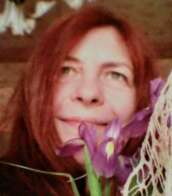 Shop Atamanenko Iryna (Irina Wrana Crow)
Shop Atamanenko Iryna (Irina Wrana Crow)

Iryna (Irina Wrana Crow) Atamanenko
31.01.1972
Ukraine
Hello. I am rom Ukraine.
Artist like a conductor in other dimensions. Prophetic paintings, in each of which there is a key to the creation of its unique Universe, as part of the One Perfect Consciousness.
Are you ready to take responsibility for changing reality?
I am the winner of the Luxembourg Art Prize 2019 and 2020 certificates, I have been living painting for more than 20 years and invite you to my gallery)
Художник как проводник в других измерениях. Пророческие картины, в каждой из которых есть ключ к созданию своей уникальной Вселенной, как часть Единого Совершенного Сознания.
Вы готовы взять на себя ответственность за изменение реальности?
Я обладатель сертификатов Люксембургской художественной премии 2019 и 2020 годов, живу живописью более 20 лет и приглашаю в свою галерею)

Artist shop
Atamanenko Iryna (Irina Wrana Crow)
Ukraine
Number of products: 8


